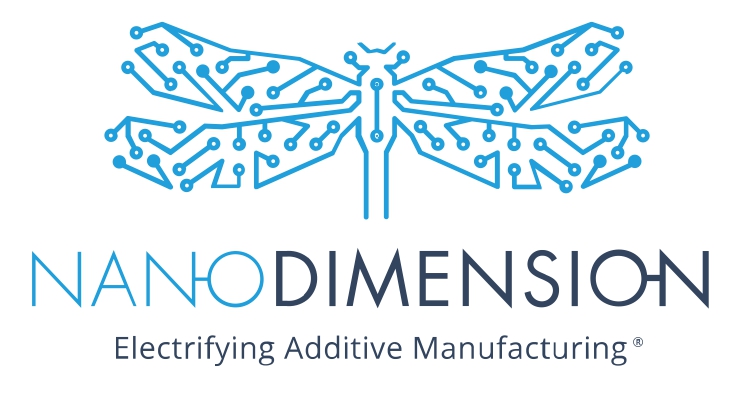

Short bio:
George Xiao is an IEEE fellow, a fellow of the Engineering Institute of Canada and a fellow of the Canadian Academy of Engineering. He current works at the National Research Council Canada as a Principal Research Officer. Dr. Xiao has been developing materials and processes for printing electronics devices since 2012. Over the years he has developed high conductivity inks for antenna applications, low loss dielectric materials for mmWave antennas, stretchable conductive inks and dielectric inks. In addition, Dr. Xiao’s expertise covers multidisciplinary fields, including the IoT, flexible electronics, fiber optic sensor systems, RFID, sensor fusion and digital twins. Dr. Xiao was the recipient of the 2024 Career Excellence Award and the 2014 Technical Award by the IEEE Instrumentation and Measurement Society, the 2022 Gold Edison Award for Materials Breakthrough in the Category of Consumer Solutions, and the 2022 Research and Development 100 Awards for Process Innovation. Dr. Xiao was the Editor-in-Chief of the IEEE Journal of Radio Frequency Identification between 2017 and 2022, and an Associate Editor-in-Chief of IEEE Transactions on Instrumentation and Measurement between 2020 and 2021.

Optional excursion on 22 April 2025 (Tuesday) to the largest engineering capstone design exposition in the country! The GT Senior Design Expo is open to the public between 4-7 pm with an awards ceremony immediately following. An unforgettable experience with hundreds of inventions and gadgets with some of the nation’s best and brightest students. Come and go freely or leave with our guided group at the end of Tuesday.

This workshop will cover Additively Manufactured Electronic Systems technologies and their applications. Topics include antennas, RF circuits, large-scale manufacturing, energy storage, optical systems, packaging, and computing. The goal of this workshop is to further increase collaboration between industry and academia, fostering interdisciplinary collaboration, discussing challenges, and identifying future trends in additive manufacturing for electronics.